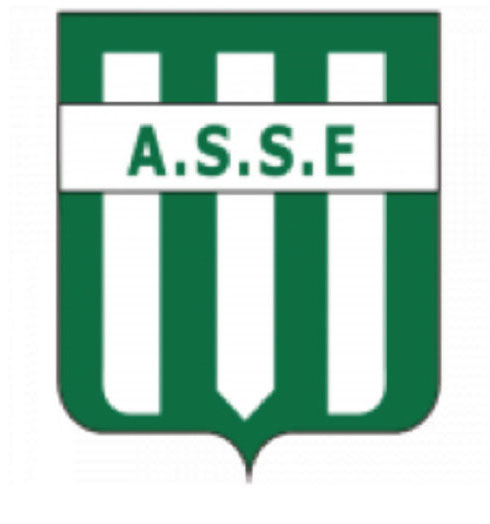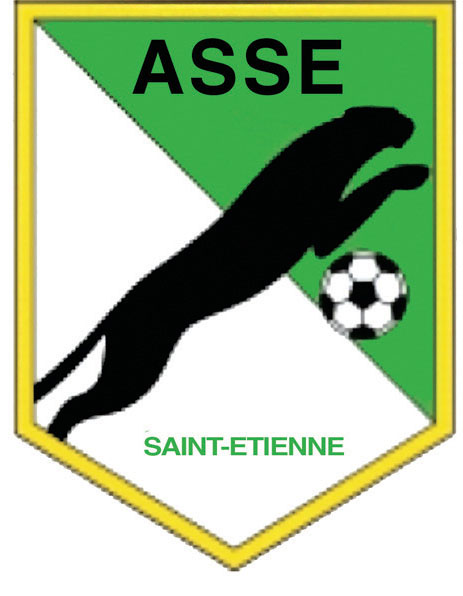
AS SAINT-ÉTIENNE
SLEEPING GIANTS
The world of football is full of sleeping giants and Saint-Étienne is one of them. A working-class club founded in 1919 by workers at the department store Casino, Saint-Étienne is one of the biggest and most successful clubs in France. This is the club where icons such as Michel Platini and Laurent Blanc have played, and the club dominated French football in the 1960s and ’70s. In 1981 they hauled in their 10th title, an astonishing record that still stands. But then things started to unravel. In 1982, in the wake of the previous year’s league title, Saint-Étienne was dragged into a financial scandal which ended with the imprisonment of the club’s chairman Roger Rocher. Thereafter a team that six years earlier had come runners-up in the European Cup were now in freefall. Thus Saint-Étienne departed Ligue 1 in the spring of 1984. Over the following 17 years the team swung between the top two divisions, and chaos reigned. Another crisis erupted in 2001, when the club was again demoted in sensational circumstances: points were deducted for employing players with false passports.
In the autumn of 2004, Saint-Étienne made a much celebrated comeback to the top flight of French football and have since climbed up the table. With players like Blaise Matuidi, Dimitri Payet and Pierre-Emerick Aubameyang, the club succeeded in winning the League Cup in 2013, which suggested they were on their way back.
CLUB: AS Saint-Étienne
NICKNAMES: Les Verts (the Greens), Sainté & l’ASSE
FOUNDED: 1919
STADIUM: Stade Geoffroy-Guichard, Saint-Étienne (42,000 capacity)
HISTORIC PLAYERS: René Domingo, Hervé Rivelli, Salif Keïta, Michel Platini and Laurent Blanc

1933–1940. Loyal to their home city, AS Saint-Étienne grew out of the workers’ movement. Saint-Étienne is the region’s working class town, while arch rival Lyon is associated with the upper classes. Fittingly enough the club was founded in 1919 by the department store chain Casino, which is based in Saint-Étienne. The first emblem was introduced in 1933, when football was professionalised in France. It’s a simple logo with the club’s initials printed in green against a white background, the colours of Casino.

1940–1960. After seven years the colours were inverted when a new logo was introduced. However, the initials remained.

1960–1970. Three years after the club’s first league title, the emblem was changed once more. Instead of simply relying on the initials, they created a more traditional crest in the form of a shield. It was with this badge that Saint-Étienne began to dominate French football, securing four league titles during the 1960s.

1970–1977 and 1988–1989. Between 1967 and 1972 a Malian striker called Salif Keïta played for the club. His nickname was La panthère noire (the black panther) and his popularity was such that the club included a panther in their emblem. Twice actually. Between the two panther logos, the club used two modern variations of the emblem from the ’60s. Although these crests are dated, Keïta’s heritage lives on in the club: the team’s mascot is a panther.

1989–present. After just one year with the second panther logo, Saint-Étienne launched this emblem. The club now made a connection to the earlier crests through the central placement of the initials and the green and white stripes. In 1994 the star on top was added to symbolise the team’s 10 Ligue 1 titles.